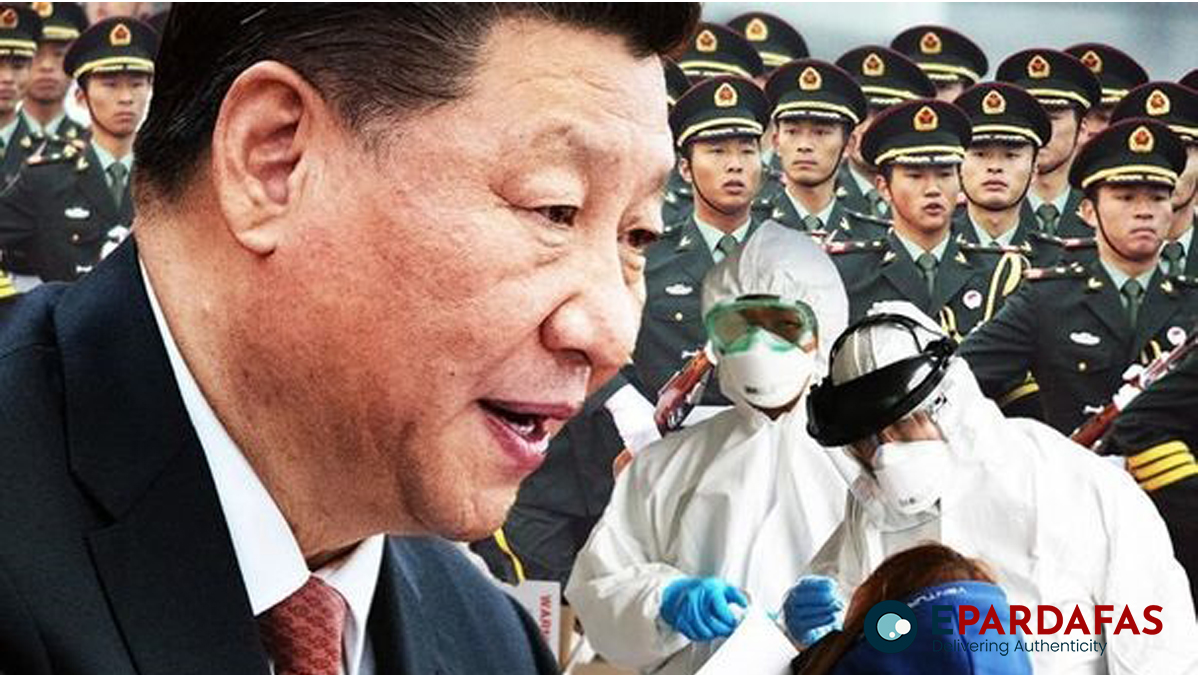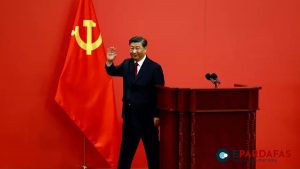
The Chinese Lab Linked to COVID-19 May Have Also Released a ‘Highly Evolved’ Polio Strain in 2014
A new study suggests that a polio strain, which infected a four-year-old boy during a 2014 outbreak in China’s Anhui province, may have originated from the Wuhan Institute of Virology (WIV). This strain, known as “WIV14,” is 99% identical to a polio variant stored at the WIV, which is located 200 miles from the outbreak site.
Researchers at France’s Pasteur Institute cannot definitively confirm the origin of WIV14 but propose that it may have emerged from the Wuhan institute itself. Harvard-trained molecular biologist Dr. Richard Ebright, who was not involved in the study, emphasized that the findings highlight the unsafe state of global virology research.
The Pasteur researchers suggest that WIV14 likely evolved from a 1950s strain of the virus used primarily in vaccines and laboratory settings. The proximity of the Wuhan lab to Anhui province and its reputation for lax safety protocols further supports this theory.
If confirmed, this theory would add to the growing concerns over safety lapses at China’s state-run infectious disease lab. The lab’s US funding was cut last year amid ongoing scrutiny over its role in the COVID-19 pandemic.
Global vaccination efforts have significantly reduced polio cases over the past several decades, but the virus has recently re-emerged in conflict zones such as Gaza, Afghanistan, and Pakistan. The UN’s World Health Organization (WHO) reported 125 positive samples of polio in Afghanistan last year, with 34 more cases in 2024. Polio also resurfaced in the United States in 2022, with the virus being detected in New York sewage during testing.
The Pasteur Institute researchers compared the DNA of the WIV14 strain with the “Saukett A” strain, which is used in many polio vaccines. They found only 70 nucleotides of difference between the two strains across genomes containing over seven thousand DNA building blocks. The researchers suggest that several undocumented polio virus leaks may have occurred in the past from facilities handling the virus.
Dr. Maël Bessaud, who leads the Pasteur Institute’s center for tracking polioviruses, proposed one theory that lays the blame on the Wuhan Institute of Virology. In this scenario, cross-contamination at the lab could have resulted in a false positive, mistaking a lab-leaked and slightly mutated version of Saukett A for a new wild strain of polio, WIV14, in the 4-year-old child.
Alternatively, the Pasteur researchers suggest that the child was genuinely infected by WIV14, which could have been released from a natural reservoir or a facility somewhere in China.
The WIV14 strain is genetically distant from the Sabin 3 strain, another lab-held polio strain, making the theory that WIV14 evolved from Sabin 3 highly improbable. The Pasteur Institute’s findings contradict the Wuhan virologists’ earlier claims that the WIV14 strain evolved from a modern Sabin 3-based oral vaccine strain of the virus.
Dr. Ebright argues that regardless of the origin of the WIV14 strain, stricter regulation of medical labs handling dangerous pathogens is necessary. He calls for enhanced national and international oversight of biosafety, biosecurity, and bio-risk management.
Read the full article at DailyMail.com.













Comments